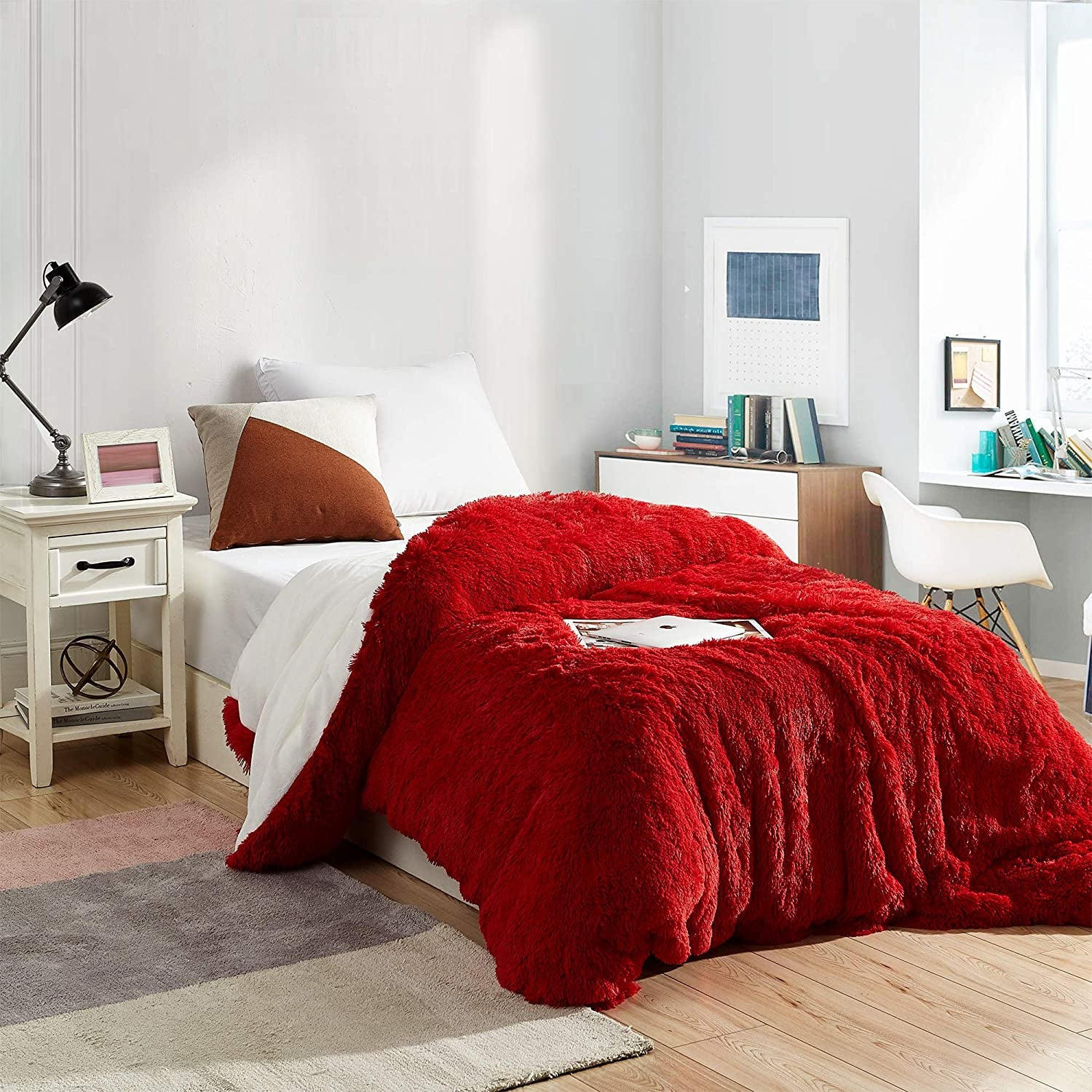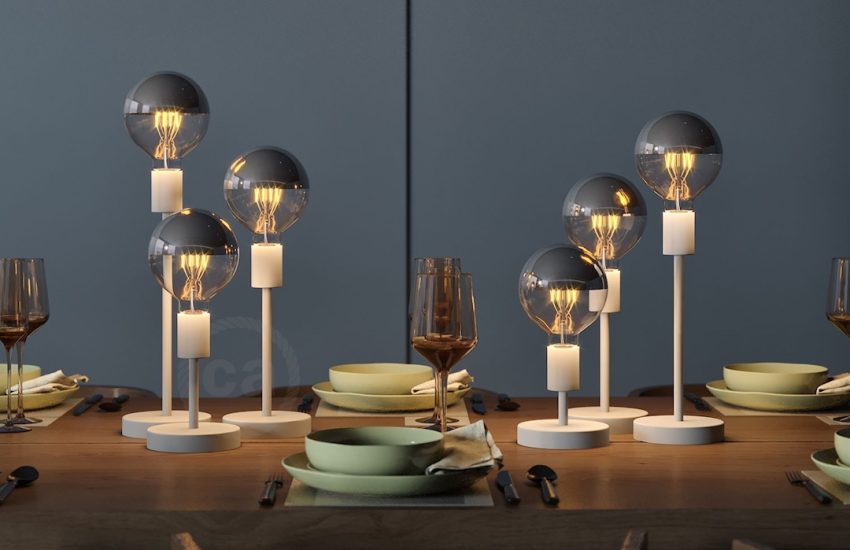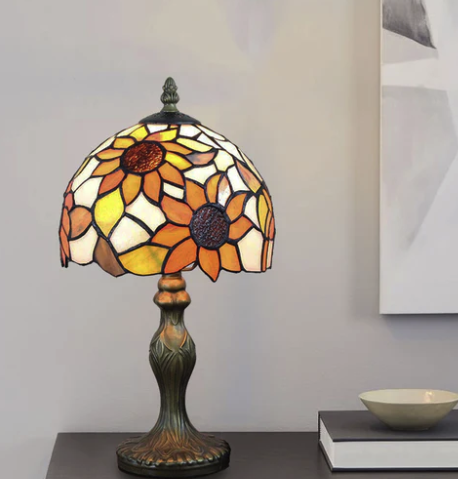
Victorian crystal lustres are stunning pieces of decorative lighting that have remained popular for centuries. They are made from glass and crystal, and are often adorned with intricate designs and details that catch the light beautifully. In this article, we will explore the history of Victorian crystal lustres and what makes them so special.
The History of Victorian Crystal Lustres
Victorian crystal lustres first gained popularity during the 19th century. They were originally introduced as a way to light up large spaces like ballrooms and dining rooms. Victorian lustres featured brightly-colored glass and crystals that shimmered in the light, and were often paired with candles or gas lamps to create a romantic and elegant atmosphere.
As the Victorian era progressed, crystal manufacturers became more skilled in crafting intricate designs and patterns. Lustres were no longer used simply for function, but also as a way to showcase a homeowner’s status and taste. The most elaborate lustres were made for adornment rather than function, and were often too expensive for the average person to afford.
What Makes Victorian Crystal Lustres Special?
Victorian crystal lustres are special for several reasons. Firstly, they are exquisitely crafted, with intricate designs and details that catch the light beautifully. The glass and crystals used in lustres are often cut and polished by hand, adding to their unique and individual beauty.
Secondly, Victorian lustres have a timeless elegance and charm that makes them a classic choice for homes and events. Whether used for lighting or simply as a decorative piece, a Victorian crystal lustre adds a touch of glamour and sophistication to any space.
The Different Types of Victorian Crystal Lustres
There are several different types of Victorian crystal lustres, each with their own unique design and style. Some of the most common lustres include:
- Prism lustres
- Chandelier lustres
- Candelabra lustres
- Hanging lustres
Each type of lustre has its own distinct characteristics and can be used to create a different effect in a space. For example, prism lustres are made up of long, thin crystals that create a sparkling, shimmering effect. Chandelier lustres, on the other hand, are typically larger and feature more intricate designs and shapes.

